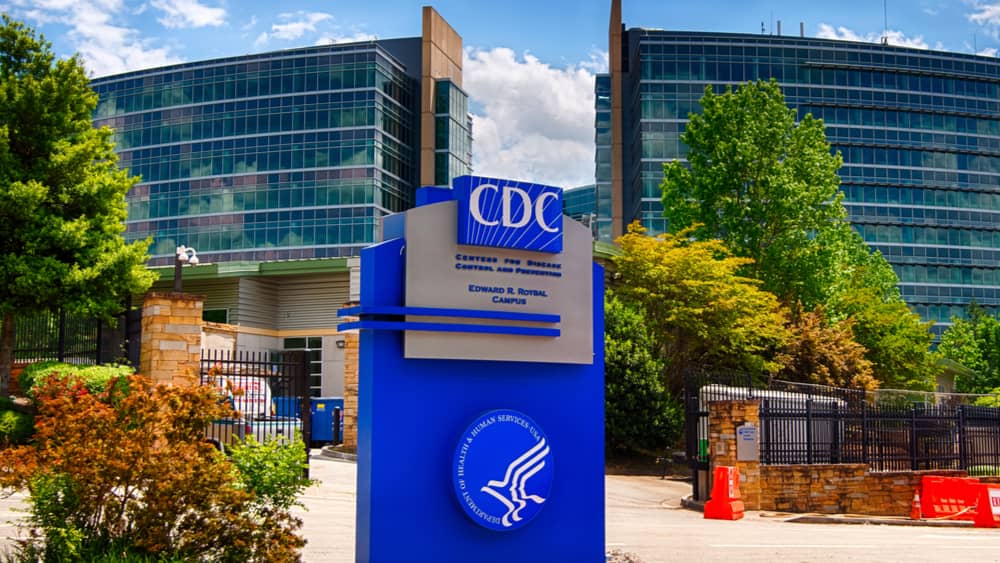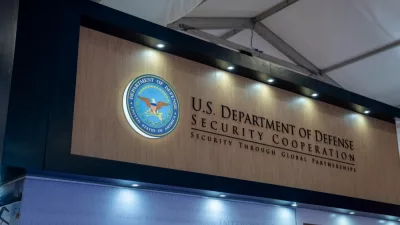On Tuesday, the US Centers for Disease Control and Prevention updated its guidance on the recommended Covid-19 isolation period, stating that if people have access to a Covid-19 test, the best approach is to use a rapid test toward the end of their five-day isolation period. The agency has faced pressure over the past week from outside medical experts to include a testing component in its new shortened isolation period.
The updated recommendations do not advise a test for isolated people, but they offer guidance on how those people should respond to a test result if they choose to take one. If the test is positive, isolated people are advised to continue their isolation until 10 days after their symptoms started. If the test is negative, isolated people can end their isolation but are advised to wear a mask around other people until day 10.The recommendations advise people who are isolating to avoid places where they can’t wear a mask, such as restaurants and gyms, and to avoid eating around others until day 10. People who are isolating are now urged to wait to travel until at least 10 days after the start of symptoms. Those who must travel on days six to 10 should wear a mask for their entire trip.
The updated guidance advising people to stay isolated until day 10 if they have a positive rapid test after five days in isolation appears to contradict Walensky’s claim to CNN last week that “we wouldn’t change our guidance based on the result of the rapid test.” Walensky repeatedly defended the CDC’s decision not to include recommending a rapid test in earlier guidance, telling CNN last week, “We opted not to have the rapid test for isolation because we actually don’t know how our rapid tests perform and how well they predict whether you’re transmissible during the end of disease.”
Editorial credit: Rob Hainer / Shutterstock.com





